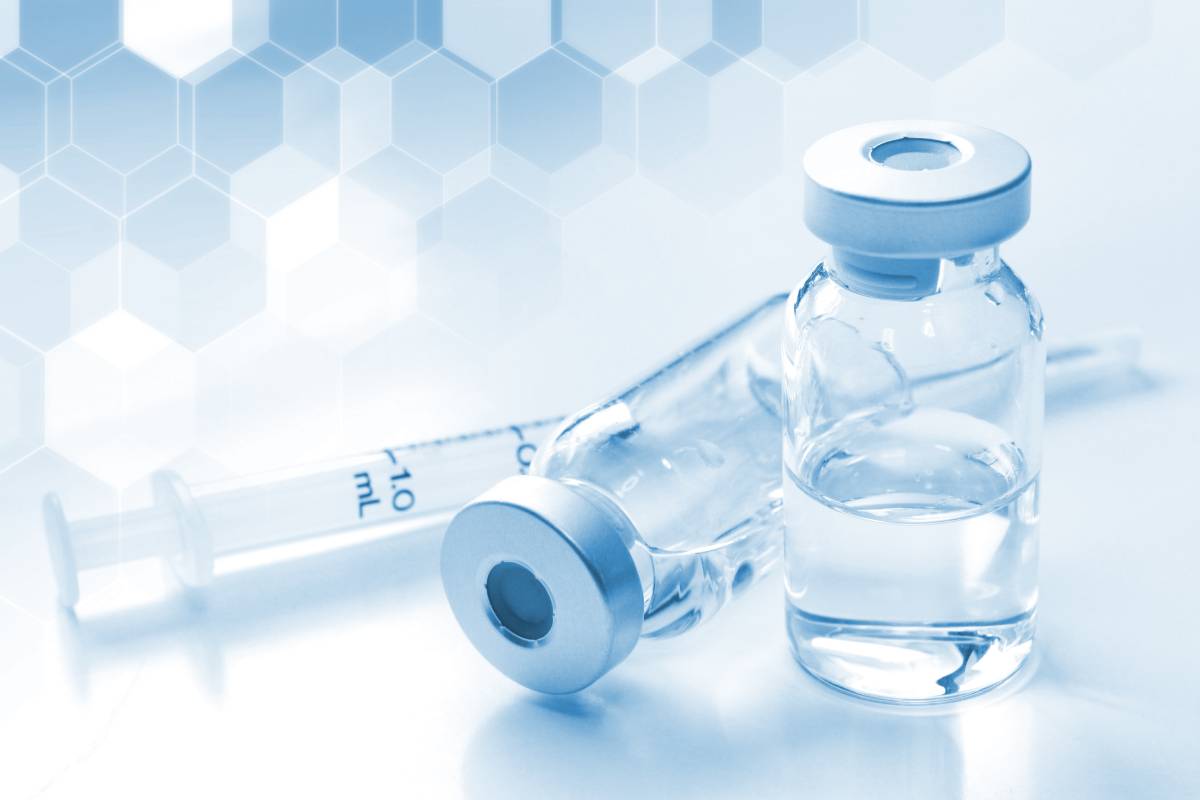Sugammadex, a selective relaxant binding agent, revolutionized the reversal of neuromuscular blockade induced by neuromuscular blocking agents (NMBAs) like rocuronium and vecuronium. Its unique mechanism of encapsulating these agents distinguishes it from the traditional cholinesterase inhibitors like neostigmine, which rely on indirect mechanisms and are often associated with certain side effects such as bradycardia, nausea, and excessive salivation. Despite its efficacy and generally favorable safety profile, sugammadex is associated with risks and side effects that require careful consideration in clinical practice.
One of the most concerning risks linked to sugammadex use is hypersensitivity reactions, including anaphylaxis, which can occur even in patients with no prior history of drug allergies. Symptoms of anaphylaxis may include rash, hypotension, and respiratory distress, and require immediate intervention. The incidence of such severe reactions remains low, but clinicians must maintain a high index of suspicion, especially in high-risk patients (1). The underlying mechanism may involve immune responses to the cyclodextrin structure of sugammadex, which can act as a hapten for allergic reactions.
Sugammadex presents a unique challenge in patients with renal impairment. Because the drug is predominantly renally excreted unchanged, impaired renal function may result in prolonged retention and increased systemic exposure. While studies suggest that sugammadex may be used cautiously in mild to moderate renal impairment, its use in end-stage renal disease is controversial due to a lack of definitive safety data. Prolonged drug retention in these patients may result in prolonged duration of action and potential drug–drug interactions (2). In such cases, alternatives or modified dosing regimens should be considered.
Cardiovascular side effects are another area of concern for sugammadex, although the risks are generally very low. There have been reports of bradycardia, sometimes severe enough to cause cardiac arrest, following sugammadex administration. The exact mechanism of this effect is unclear but may involve interactions with the autonomic nervous system or rapid changes in neuromuscular blocking agent levels upon reversal. Close monitoring of heart rate and rhythm is essential, especially in elderly patients or those with pre-existing cardiac disease (3).
Drug–drug interactions are also a significant risk. Sugammadex is known to interfere with certain medications, particularly hormonal contraceptives, by binding to steroid molecules and reducing their efficacy. Because of this interaction, patients of reproductive age should be counseled regarding the need for alternative or additional contraceptive measures following sugammadex administration (4). In addition, there is a small but notable risk of recurrence of neuromuscular blockade if inadequate doses of sugammadex are administered, particularly during prolonged surgery with high NMBA use.
Though its use carries some risks and side effects, sugammadex remains an invaluable tool in anesthesia, offering faster, more predictable recovery from neuromuscular blockade compared to traditional agents. It has significantly reduced the incidence of postoperative residual paralysis, a complication associated with traditional reversal agents that can result in hypoxia
and other severe outcomes. Furthermore, the lack of muscarinic side effects, such as those seen with neostigmine, makes sugammadex a safer alternative in many patient populations. Ongoing research is aimed at refining the safety profile of sugammadex and exploring formulations that minimize hypersensitivity and adverse reactions, particularly in vulnerable populations. Continued pharmacovigilance and large-scale clinical trials will be critical to address existing knowledge gaps and optimize its use in diverse patient populations.
References
1. Miyazaki Y, Suzuki K, Sunaga H. Phase III clinical trial comparing the efficacy and safety of adamgammadex with sugammadex for reversal of rocuronium-induced neuromuscular block. Comment on Br J Anaesth 2024; 132: 45-52. Br J Anaesth. 2024;132(4):820-821. doi:10.1016/j.bja.2024.01.009
2. Nhan HN, Ramarapu S, de Armendi AJ, Butt AL. Reversal Of Neuro-Muscular-Blockade in End-Stage Renal Disease: Can One Study Build Evidence for “ROME?”. Anesth Analg. 2024;139(2):e9. doi:10.1213/ANE.0000000000007062
3. Motamed C, Trillat B, Fischler M, le Guen M, Bourgain JL. Reversal of neuromuscular block with neostigmine and sugammadex: a retrospective cohort study in two centers using different types of neuromuscular monitoring. J Clin Monit Comput. Published online July 20, 2024. doi:10.1007/s10877-024-01192-9
4. Kietzmann D. Basic Pharmacology for Anaesthesia Providers. Springer; 2024. Available at: https://link.springer.com.
